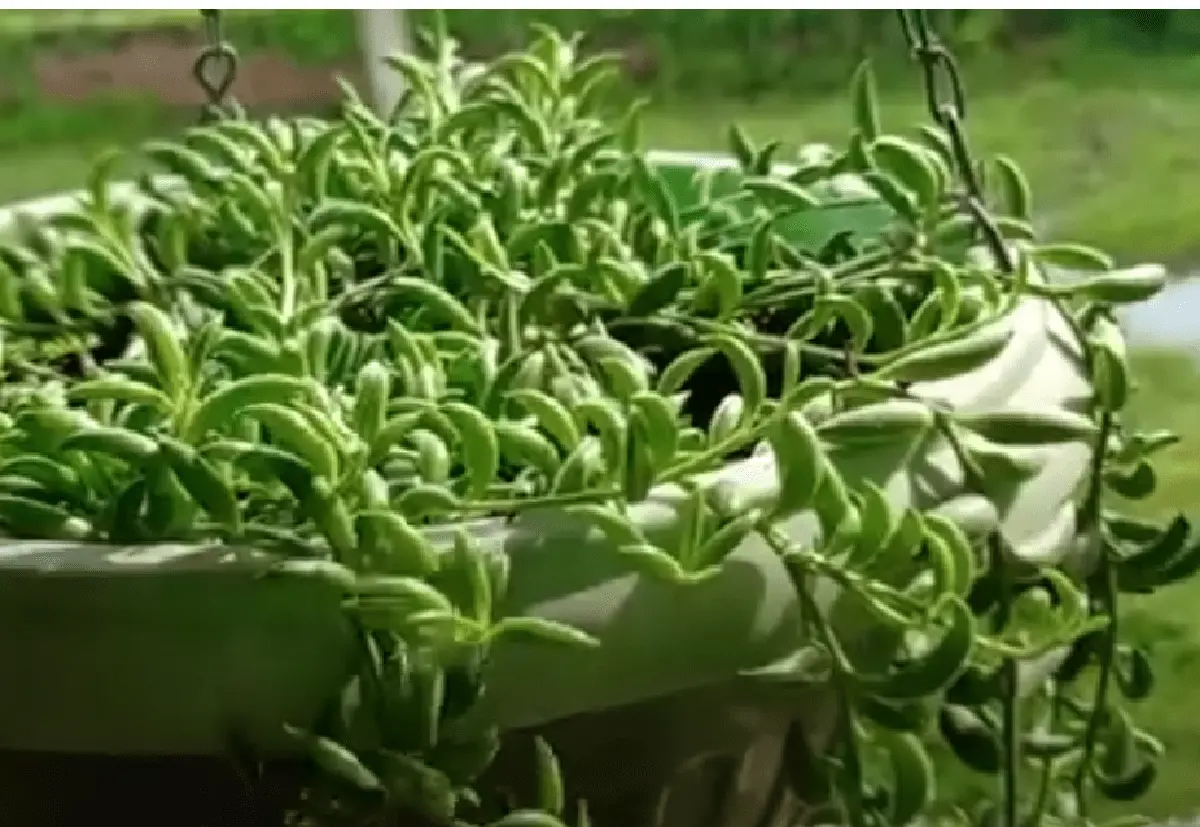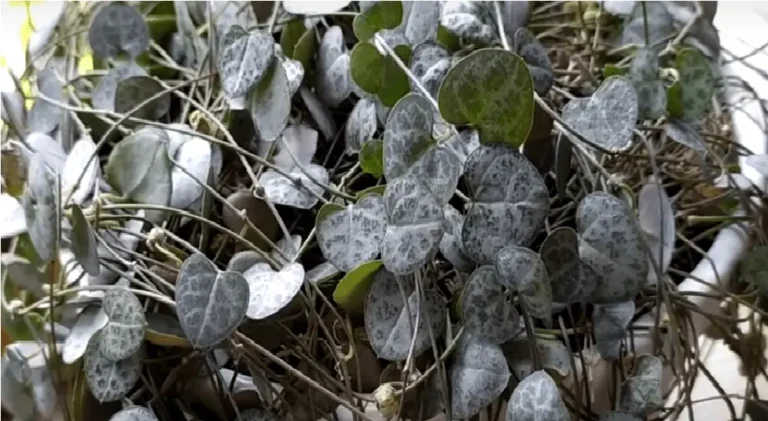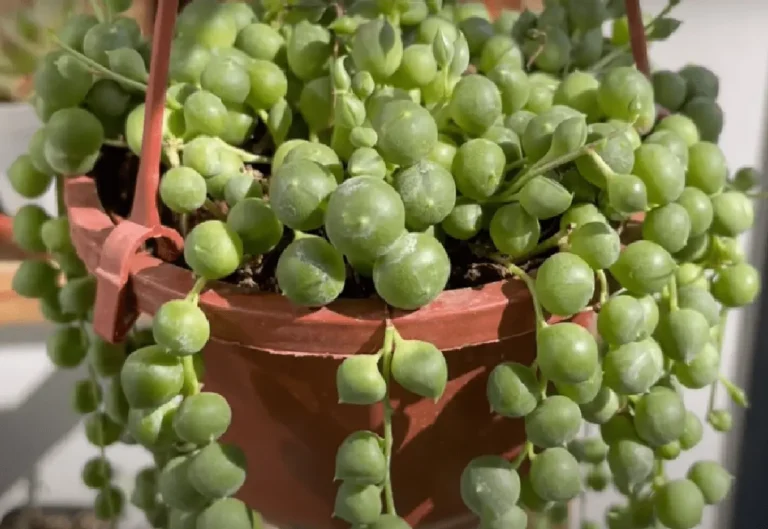Crassula Muscosa
- Botanical Name: Crassula muscosa (This is the most current and accepted name)
- Family: Crassulaceae (commonly known as the Stonecrop family)
- Location: Native to South Africa (particularly the Cape Provinces, Free State, and Northern Provinces) and southern Namibia

This succulent has long, trailing stems with tiny, green leaves clustered closely together, resembling a chain or strands of hair.
String of Bananas

The botanical name for String of Bananas is Curio radicans.
Curio radicans belong to the Asteraceae family, also known as the aster or daisy family.
The String of Bananas (Senecio radicans) is a succulent known for its plump, teardrop-shaped leaves that resemble bananas, hence the name. It’s a beautiful and easy-to-care-for succulent that makes a great addition to any home. While it doesn’t resemble hair, it has cascading vines that can trail down or climb a moss pole, adding a unique touch to your indoor space.
Ceropegia Woodii
- Scientific Name: Ceropegia woodii
- Family: Apocynaceae (dogbane family)
- Location: Native to southern Africa, specifically South Africa,Eswatini (formerly Swaziland), and Zimbabwe

Though not a typical succulent, it’s a trailing plant with heart-shaped leaves that can create a flowing, hair-like effect.
Rhipsalis pilocarpa (mistletoe cacti)
- Scientific Name: Rhipsalis pilocarpa
- Family: Cactaceae (Cactus Family)

Rhipsalis, as you might already know, is a genus of epiphytic cacti known as mistletoe cacti. So, Rhipsalis pilocarpa is a species within the cactus family.
Rhipsalis pilocarpa, also known as the hairy-fruited wickerware cactus, is a succulent that looks like hair! This epiphytic cactus, meaning it grows on other plants in the wild, has long, thin, cascading stems covered in fine white hairs that resemble hair.
String of Pearls
- Botanical name: Curio rowleyanus (formerly Senecio rowleyanus)
- Family: Asteraceae (aster or daisy family)
- Location: South Africa (native to the Cape Provinces)

This succulent vine is known for its unique, pea-shaped leaves that resemble a string of pearls, hence the common name. It thrives in dry areas and prefers indirect sunlight.